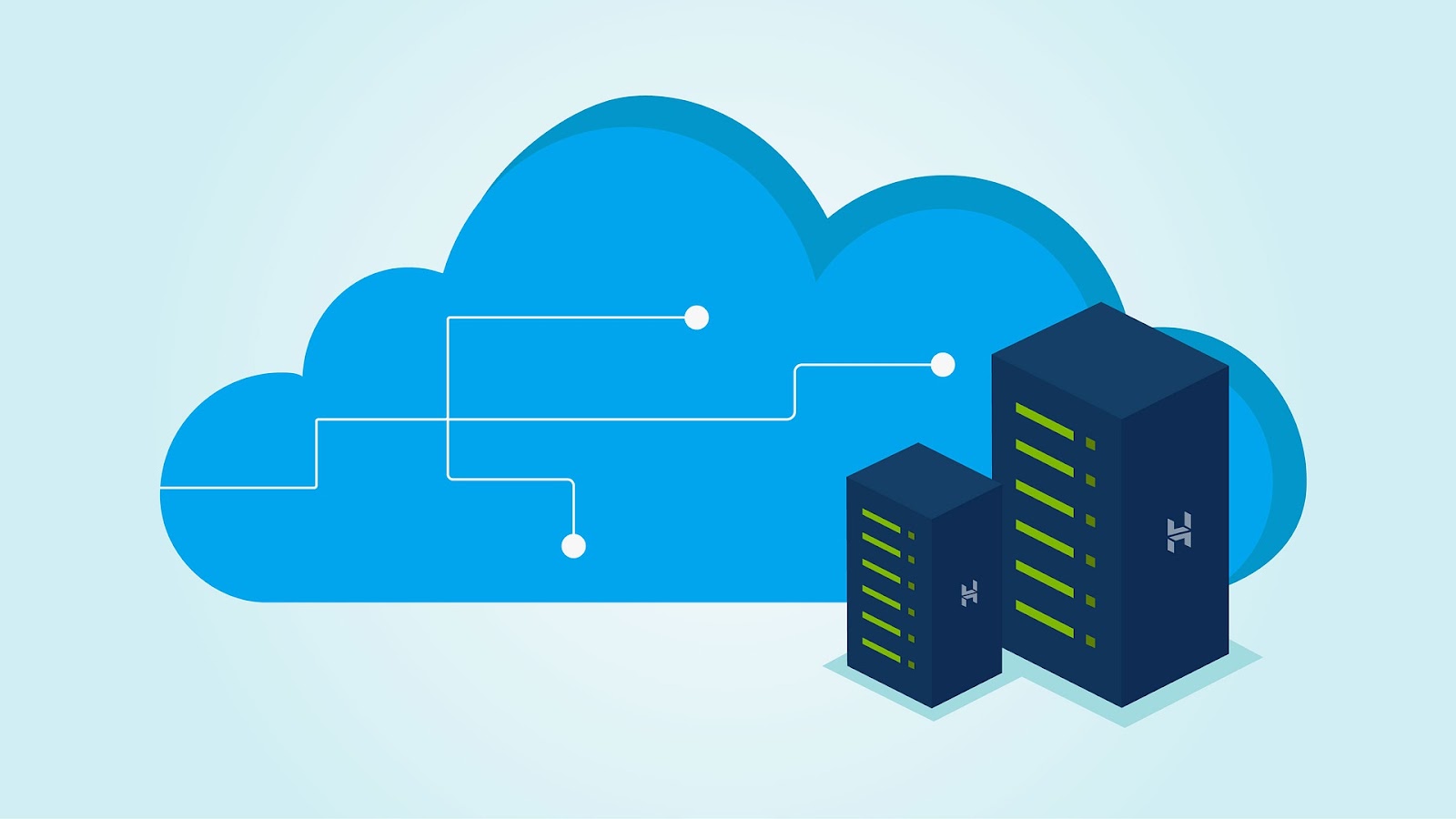Step-by-Step Guide: Installing ODK Central on a Linux Server

Setting up ODK Central on your own Linux server gives you full control over your data collection pipeline. After deploying Central for 10+ organizations (and surviving a few late-night debugging sessions), I’ve distilled the process into a foolproof, production-ready guide.
This tutorial covers:
✔ Server requirements (CPU, RAM, storage).
✔ Installing with Docker (simplest method).
✔ Configuring HTTPS & backups.
Step 1: Server Requirements
Minimum Specs
- OS: Ubuntu 20.04/22.04 LTS (recommended).
- CPU: 2+ cores.
- RAM: 4GB+ (8GB for large deployments).
- Storage: 50GB+ (SSD preferred).
- Domain name: (e.g.,
odk.yourorg.org).
Pre-Setup Checklist
- Update packages:bashCopysudo apt update && sudo apt upgrade -y
- Install Docker & Docker Compose:bashCopysudo apt install docker.io docker-compose -y sudo systemctl enable docker
Step 2: Install ODK Central via Docker
A. Clone the ODK Central Repository
git clone https://github.com/getodk/central cd central
B. Configure Environment Variables
Edit .env (use nano or vim):
nano .env
Update these key values:
DOMAIN=odk.yourorg.org # Your server’s domain SYSADMIN_EMAIL=admin@yourorg.org HTTP_PORT=80 HTTPS_PORT=443
C. Generate Encryption Secrets
Run:
./bin/generate-secrets.sh
D. Launch ODK Central
docker-compose up -d
E. Verify It’s Running
docker ps # Should show 3 containers: `central`, `postgres`, `nginx`
Access the server at http://your-server-ip.
Step 3: Secure with HTTPS (SSL/TLS)
A. Install Certbot (Let’s Encrypt)
sudo apt install certbot python3-certbot-nginx -y
B. Request a Certificate
sudo certbot certonly --nginx -d odk.yourorg.org
C. Update Nginx Configuration
Edit ./nginx/conf.d/default.conf:
server {
listen 443 ssl;
server_name odk.yourorg.org;
ssl_certificate /etc/letsencrypt/live/odk.yourorg.org/fullchain.pem;
ssl_certificate_key /etc/letsencrypt/live/odk.yourorg.org/privkey.pem;
# ... rest of the config
}
Restart NGINX:
docker-compose restart nginx
Step 4: Initial Setup
- Access the Web Interface:
- Visit
https://odk.yourorg.org.
- Visit
- Create Admin Account:
- Use the email you set in
.env.
- Use the email you set in
- Configure Backup Email (Optional):
- Go to Admin → Site Settings → Backup Email.
Step 5: Automated Backups
A. Backup Database Daily
Create a script (/opt/odk-backup.sh):
#!/bin/bash docker exec central-pg pg_dump -U odkcentral | gzip > /backups/odk-$(date +%Y%m%d).sql.gz
Make it executable:
chmod +x /opt/odk-backup.sh
B. Schedule with Cron
crontab -e
Add:
0 2 * * * /opt/odk-backup.sh
Troubleshooting
| Issue | Solution |
|---|---|
502 Bad Gateway | Run docker-compose logs nginx |
| Docker out of memory | Increase swap space (sudo fallocate -l 2G /swapfile) |
| HTTPS not working | Check firewall (sudo ufw allow 443) |
Next Steps
- Scale up: Add more workers if users exceed 100+.
- Monitor: Set up
htop+docker stats.
P.S. Share your setup questions below! 👇
Resources: